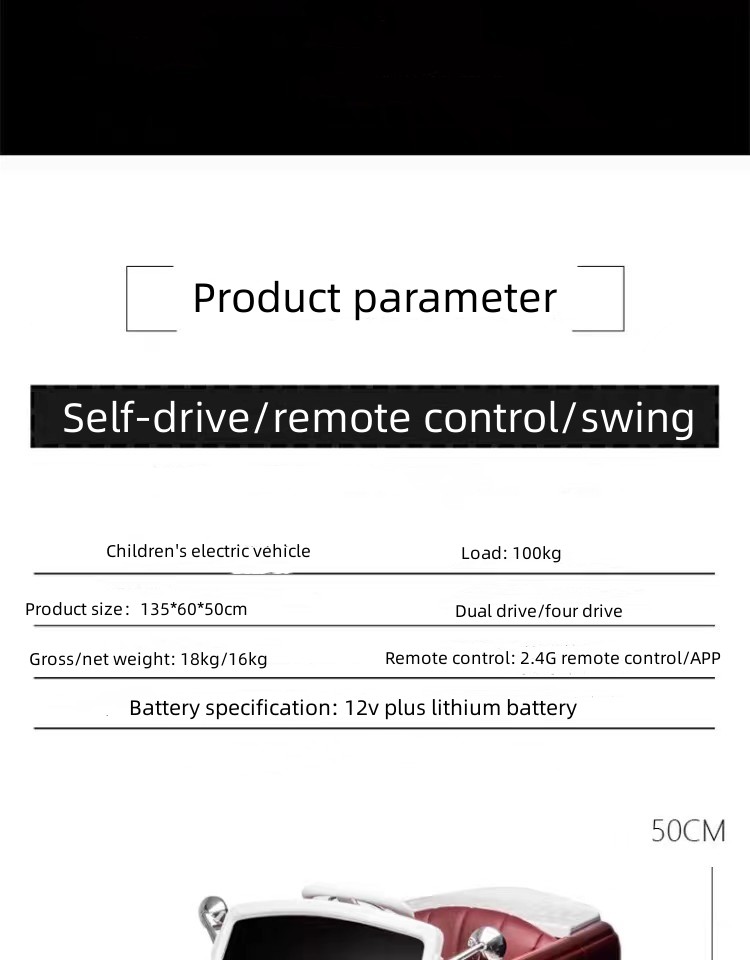Tips for Safely Riding a Scooter or Motorcycle for Beginners
How to Drive a Scooter Motorcycle A Beginner's Guide
Driving a scooter motorcycle can be an exhilarating and practical way to navigate through city streets or enjoy leisurely rides on country roads. Unlike traditional motorcycles, scooters are generally smaller, easier to handle, and often come with automatic transmissions, making them ideal for beginners. This guide will walk you through the essential steps to safely operate a scooter motorcycle.
Understanding the Basics
Before you ever sit on your scooter, it's vital to understand its basic components and how they work. Scooters typically feature a simple layout consisting of the handlebars, throttle, brakes, turn signals, and footrests. Familiarize yourself with these parts before starting the engine.
1. License and Safety Gear Before hitting the road, ensure you have the appropriate motorcycle license. Many regions require specific licensing for scooters, which may involve a written test and a riding test. Safety gear is equally important; wear a quality helmet, gloves, jacket, long pants, and closed-toe shoes. This gear will protect you in the event of an accident.
2. Pre-Ride Check Conduct a basic safety check of your scooter before each ride. Inspect the brakes, lights, tires, and fuel level. Ensure that the mirrors are adjusted for optimal visibility. A thorough pre-ride inspection can prevent mechanical failures and enhance your safety on the road.
Starting the Engine
Once you’re geared up and your scooter is in good condition, it’s time to start the engine. For most scooters, you’ll need to
1. Turn the key to the On position. 2. Engage the kickstand (make sure it’s in the upright position before riding). 3. If your scooter has a kick starter, press it down with your foot; otherwise, simply press the start button.
How to Accelerate and Brake
With the engine running, it’s crucial to learn how to accelerate and brake smoothly
how to drive scooter motorcycle

- Throttle Control Most scooters feature a twist throttle located on the right handlebar. Gradually twist the throttle towards you to accelerate. Start slowly to get a feel for the scooter’s responsiveness. - Braking Your scooter will have two brakes—front and rear. The front brake is typically activated by squeezing the right lever, while the rear brake is activated by the left lever. Practice using both brakes evenly, as this provides the best stopping power.
Turning and Maneuvering
Turning on a scooter is similar to turning on a bicycle. Here are some tips
- Body Position Lean slightly into the turn, and look in the direction you want to go. Your body should naturally follow your head.
- Speed Control Reduce your speed before entering a turn by gently applying the brakes. Avoid braking while leaning into the turn, as this can cause loss of control.
Defensive Riding
As you gain confidence in your riding skills, remember the importance of defensive driving. Stay aware of your surroundings, anticipate the actions of other drivers, and always be prepared for the unexpected. Use your mirrors frequently and watch for blind spots.
Parking
When it’s time to park your scooter, find a flat, designated area, ideally with a motorcycle parking sign. Turn off the engine, engage the kickstand, and lock your scooter if applicable.
Conclusion
Riding a scooter motorcycle can be an enjoyable and efficient way to travel. By following these basic guidelines and prioritizing safety, you can develop your skills and confidence on two wheels. Remember, practice makes perfect, so spend time honing your abilities in safe environments before tackling busy roads. Enjoy your ride!
-
Children's Tricycle: Enlarged Seat, Sunshade & Safety Push BarNewsAug.31,2025
-
Sports Kids Bike: High Carbon Steel Argon Arc Welded Frame | Beautiful GiftNewsAug.30,2025
-
Ultimate 24V Children's Car: Power, Fun & Safety for KidsNewsAug.29,2025
-
Children's Electric Car Ride Ons: 2-Seater, Bumper & Audi ModelsNewsAug.28,2025
-
Understanding Voltage in Battery for Children's Motorized CarNewsJun.05,2025
-
Safety Features to Look for in an Electric Car for KidsNewsJun.05,2025
